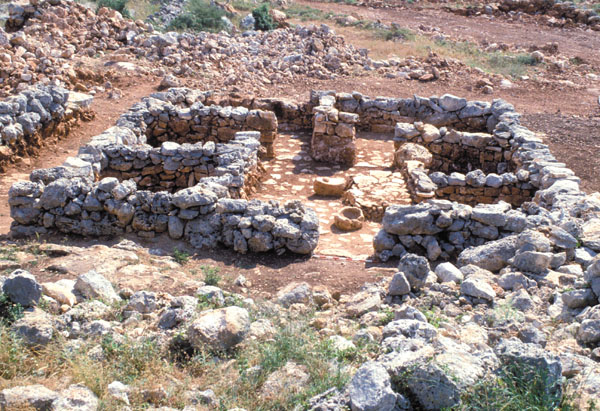Image Details

Zev Radovan
A four-room house in Samaria displays the same basic floorplan as the example from Medinet Habu, though with a few minor variations. The entrance to the house is through the central long room, not through the broad room as at Medinet Habu (the Egyptian house is atypical in this respect); also, the Medinet Habu house has a small extra room above the right-hand corner of the broad room. Nevertheless, the similarity in design is clear.
If Bietak’s identification is correct, it has profound implications for the historicity of the Biblical account of the Exodus. In the 12th century B.C.E., the Israelites were emerging as a people in the central hill country of Canaan; if the house at Medinet Habu is indeed Israelite, the most plausible sequence of events, Bietak argues, is that the Israelites began to settle Canaan before going to Egypt, and the Exodus was their journey back to their homeland. This journey would have taken place before the end of Egypt’s XXth Dynasty (1186–1070 B.C.E.), or only about five or six generations before the earliest parts of the Exodus story were written down.
